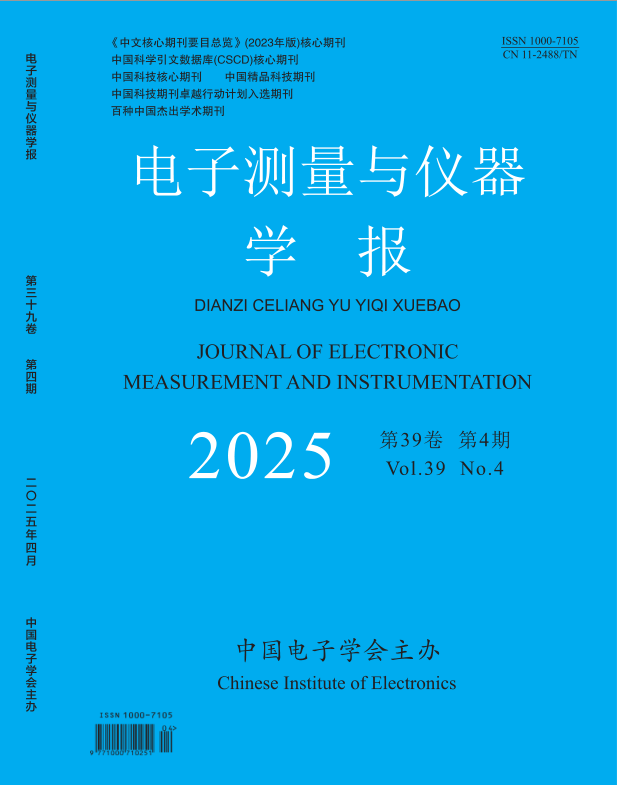Abstract:In order to improve the watermarking robustness and solve the contradiction between the transparency and robustness of the watermarking, a digital image watermarking algorithm in wavelet domain based on singular value decomposition (SVD) and human visual system (HVS) is proposed. Firstly, the carrier image is carried on twolevel discrete wavelet transform (DWT), and its second level low frequency subband is divided into blocks. Then, each subblock is carried on SVD, the modified cosine similarity measurement method is used to calculate the best watermarking embedding position according to HVS sensitivity to the average brightness. Finally, the encrypted watermarking is embedded into the selected singular values by the quantizing way, and the embedding strength is adaptively adjusted according to singular value of the carrier image subblock. The experimental results show that the transparency of the watermarking is very good, and it has high robustness against noise, filtering, cropping, JPEG compression and so on.
